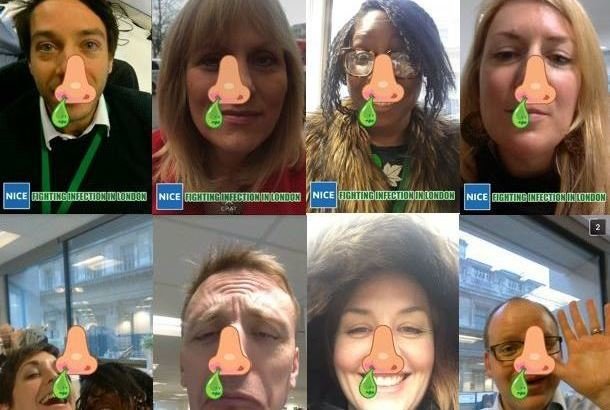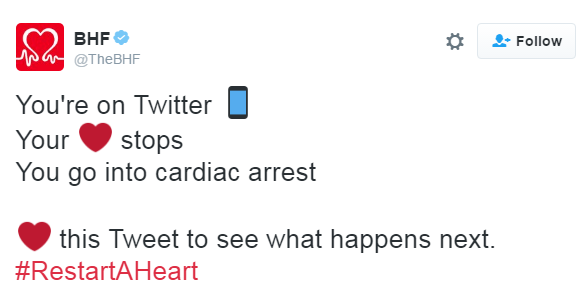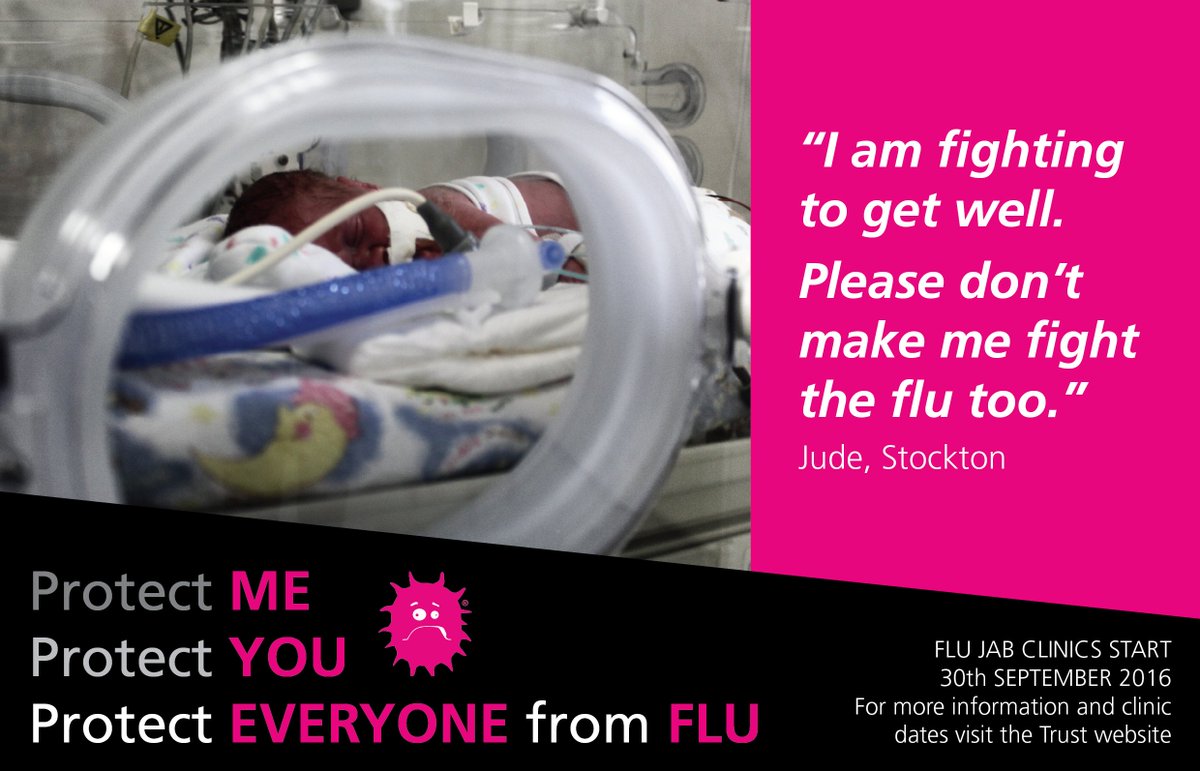In previous blog posts, we’ve highlighted how professionals are using Twitter to promote infection prevention; we’ve talked about our work with @WeNurses to help bring people together online; and we’ve even launched our own Smartphone app – all improving connections, enhancing the speed of information sharing and ultimately changing behaviors.
With this in mind, we’ve put together some of the best healthcare campaigns we’ve seen lately, which show how using social media can yield great results.
NICE and Snapchat
Earlier this year, the National Institute for Health and Care Excellence (NICE) became the first major public health body to adopt Snapchat, in a bid to connect with young people.
The £500 campaign aimed to educate young people about drug resistance and the importance of simple hand-washing. ‘Snap facts’ were shared throughout the day – using pictures and emojis and users were encouraged to take selfies using the slogan ‘fighting infection in London’.
With 200 million active monthly users (and growing) and 10 billion videos watched every day on the app, Snapchat is an effective platform for reaching millennials.
The story was viewed more than 200 times and a geofilter – a design you can overlay onto a photo you take in the app – reached nearly 5,000 people.
British Heart Foundation’s bespoke Twitter campaign
Twitter users were invited to ‘like this tweet to see what happens next’ in a special campaign for the British Heart Foundation that shows their chances of surviving cardiac arrest (coronary heart disease is the UK’s single biggest killer).
The goal of the campaign was to raise awareness of the issue and drive conversation on #RestartAHeart day. Working closely with Twitter, @TheBHF was able to use Twitter’s heart button creatively as part of its campaign.
A special BHF tweet gets users to imagine their heart stops and invites them to like the tweet to see what happens next. The ‘like’ icon on Twitter is a heart. If the user takes up the invitation, Twitter’s auto-reply functionality serves up a response based on the statistic that less than one in ten people survive a cardiac arrest.
Over seven days there were 47K #RestartAHeart mentions globally, and a year on year increase of 1163% in UK mentions of #RestartAHeart.
#Flutober flu jab campaign
Almost a third of staff at South Tees Hospitals NHS Foundation Trust got their flu vaccine within 10 days of the start of a hard-hitting campaign.
The trust photographed real-life patients “who have enough of a fight on their hands” without “having to fight flu” for an emotive poster and social media campaign using the hashtag #Flutober.
If three quarters of a local population are vaccinated against a virus, this builds up “herd immunity,” protecting even those who haven’t been vaccinated.
The hard-hitting tactics worked with 600 more staff vaccinated compared to the same period in the previous year.
Save The Children’s #EveryLastChild
Since 1990, the world has halved child mortality and the number of out-of-school children, yet still millions of children have been left behind. Increasingly, children are failing to survive and learn because of who they are and where they live. This exclusion can be the result of a child’s poverty, gender, disability, ethnicity or religion, or more often some combination of these factors.
Save The Children’s campaign aims to raise awareness about the lack of opportunities for underprivileged children. The charity implemented a social media campaign for #EveryLastChild, encouraging engagement on social media and increasing the campaign reach.
Caption: Save the Children’s #Everylastchild campaign video
Tanya Steele, chief executive at Save the Children, said: “As well as hoping to bring in essential income, we want to engage and attract new audiences so we’ve taken quite a fresh, bold and authentic approach to storytelling.”
Finally, if these examples have inspired you to kick-start your own campaign, Public Health England has a wide range of resources to help you to deliver a marketing campaign. Whether you’re looking to reduce kids’ sugar consumption, deliver better adult health outcomes or increase cancer diagnosis and survival rates, you’ll find everything you need in its Campaign Resource Centre.
Have we missed your favourite campaign? We’d love to know what social media healthcare campaigns you’re involved in or if you’ve seen a great example you’d like to share. Let us know.
If you like to contact our friendly customer support team, call 01865 371 841, email info@daniels.co.uk or message through our Facebook Page private inbox.












